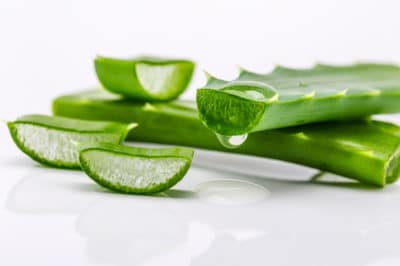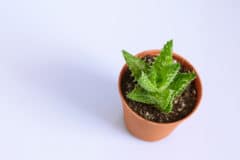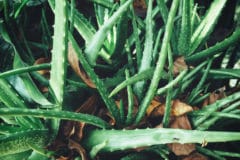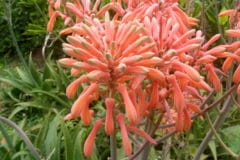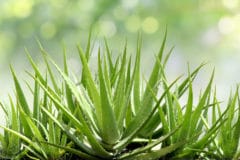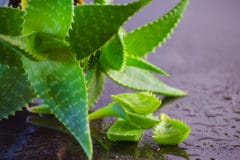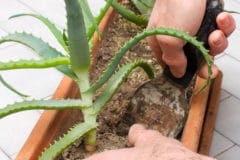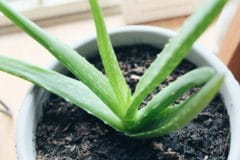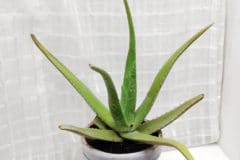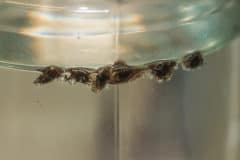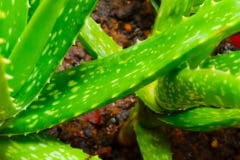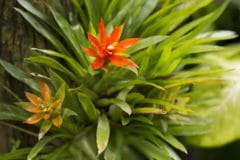The Basics
Any kind of pruning or cutting makes a wound in a plant that can lead to an infection. A cut made with a sharp knife will generally heal more quickly and cleanly than one with jagged edges. Your knife should be clean. If you are cutting multiple plants, disinfect the knife in between plants by rubbing it with alcohol, rinsing with plain water and drying the blade.
When Not to Cut Aloe Vera
There are times when you shouldn’t cut an aloe vera plant, such as:
- When it’s a newly planted pup; it may not have the resources to heal itself.
- When you have any concerns about the health of the plant.
- When you have just repotted a larger plant; give it a few weeks to recover from transplant shock.
- When it has been cut within the last day or two; let it heal first.
Cutting To Extract Gel
The gel inside an aloe vera leaf is often harvested for use in cosmetics or other purposes. Cut the individual leaf with a vertical cut at the base. Lay the leaf flat and cut a thin horizontal slice from both top and bottom. Trim the edges – what remains is the gel. The gel is usually pounded or blenderized with a little water to break it into liquid for storage or use.
Cutting Offsets
Aloe vera reproduces by developing miniature plants known as offsets, or pups. These can be removed from the mother plant and grown on to increase your aloe collection. Cut the offset from the mother with a vertical cut, using a clean sharp knife. Pups with roots can be planted immediately. Pups without roots should be allowed to develop a callus for several days, then planted.
Cutting for First Aid
One reason many people keep an aloe vera on the windowsill is for first aid in case of a minor burn or skin irritation. To use the plant in this fashion, cut one or more leaves from the base of the plant, making a vertical cut with a clean sharp knife. Squeeze out the clear liquid in the leaves and apply it to the injury. Discard the cut leaf when done.
